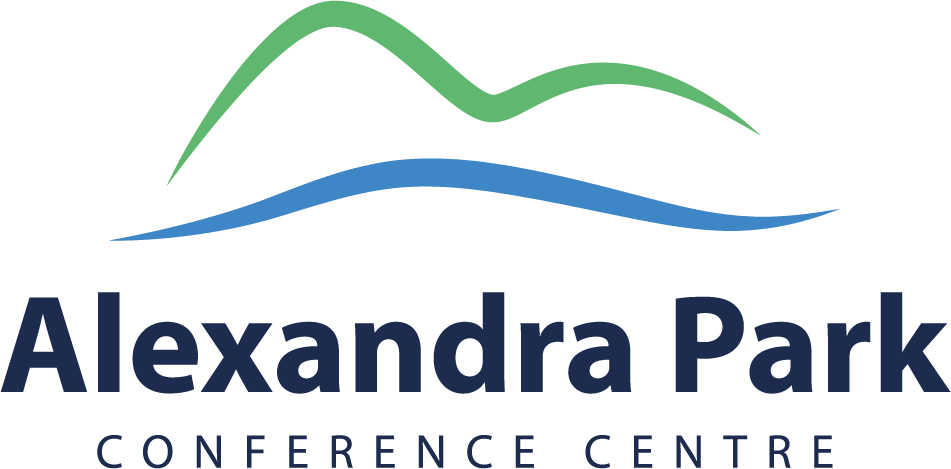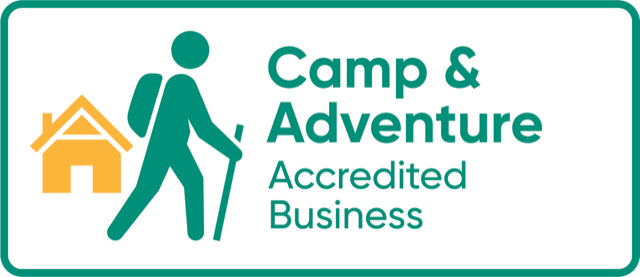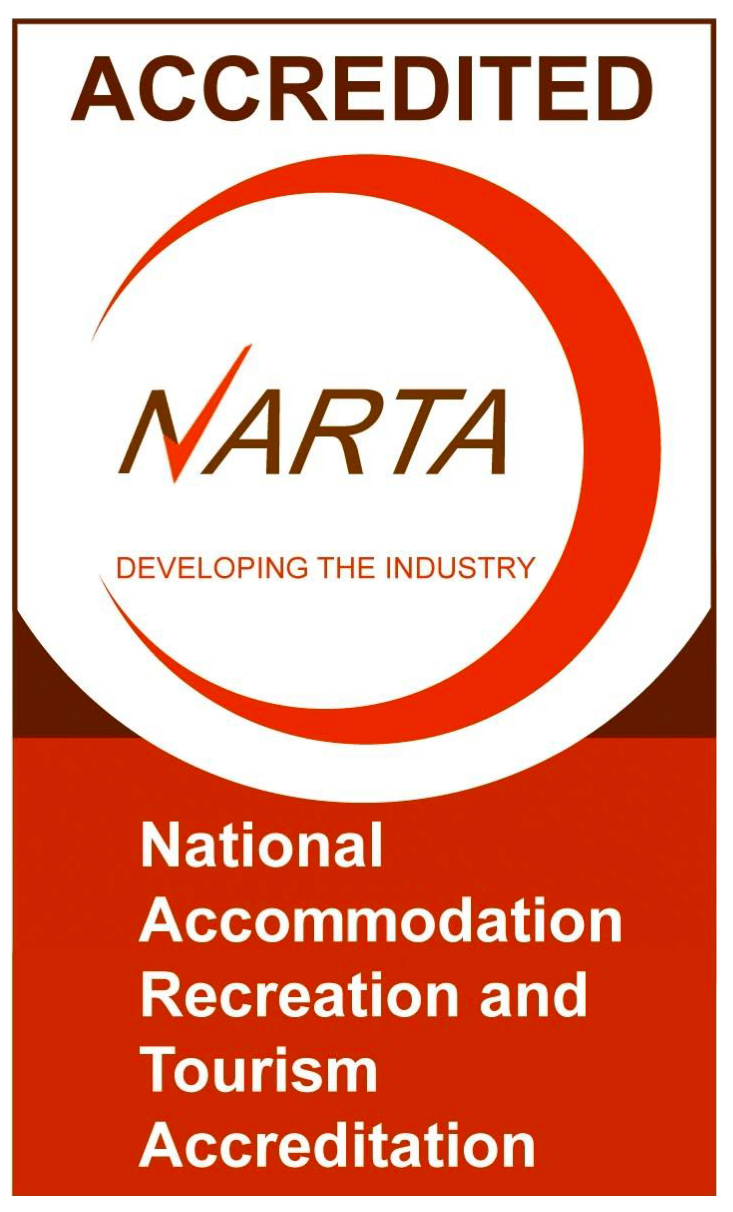Subscribe to our newsletter
—————————————————————————————————————————————————–
Reducing Field Trip Novelty Effects
Rickinson et al (2004) reviewed the literature on outdoor activity and concluded that:
“Fieldwork can have a positive impact on long-term memory due to the memorable nature of the fieldwork setting. Effective fieldwork, and residential experience in particular, can lead to individual growth and improvements in social skills. More importantly, there can be reinforcement between the affective and cognitive domain, with each influencing the other and providing a bridge to higher order learning”
Whilst agreeing with Rickinson et al (2004) and other researchers, that fieldwork is beneficial, Cotton and Cotton (2004) nonetheless recognise that previous research also
“…suggests that the novelty of being in an unfamiliar field environment can negatively, as well as positively, impact on the student experiences and learning”
Visiting new environments may hinder student learning, a process known as the ‘novelty effect’ or ‘novelty space’. To a large degree the novelty effect is a result of uncertainty.
“Research suggests that students who are familiar with a field site and proposed activities perform significantly better than those who are not” (Cotton and Cotton, 2004).
Novelty space has at least four dimensions:
- Cognitive novelty – is derived from unfamiliar concepts and terminology, not yet introduced through class.
- Psychological novelty – new environments may promote apprehension, tiredness, coldness, and hunger depending on the activities. Apprehension is common at the start of a field trip and unpreparedness, with footwear for example, may cause other psychological novelty.
- Geographical novelty – the exciting aspects of a trip to a new geographical location may override the educational benefits. Students achieve a memorable experience but not necessarily an effective learning experience.
- Social novelty – refers to social opportunities, both positive and negative. Examples include difficulties of being away from home, working outside of class in group activities, or enjoying new social opportunities.
Research in the 70’s and 80’s on preparation for field trips and camps showed that students do carry out their tasks and assignments better once the novelty space has been reduced.
Adequate preparation for a field trip involves minimising novelty space, especially negative novelty space. Before departing on a field trip or field camp students need to be familiar with their assignment (cognitive), with the area (geographical), the kinds of events they will participate in (psychological) and with whom and how will they be working (social).
On the basis of this argument, taking students into the field as the first learning activity in a program may carry considerable novelty effects. Students may not be familiar with the site or environment, the materials or challenges they will encounter, the language of describing and presenting their findings, and so on.
Without adequate preparation for novelty effects, Orion (1993) argues that learning experiences turn more into adventure – social events.
———————————————————————————————————————————————————-
Key-Board Science?
In this issue we again look at the importance of school camps – but this time from a science discipline perspective. Although science is the focus, the message from research of science students applies equally well to other study disciplines.
In 1996 Reed Noss (Editor, Conservation Biology) made a passionate plea for science educators to resist the trends towards indoor science, arguing that nothing will destroy science – ‘…. faster than a generation or two … raised on dead facts and technology and lacking direct, personal experience with Nature.’
Fast forward to today and Kennedy, Lyons and Quinn (Teaching Science, 2014) report that whilst the total number of students in Year 12 in Australia increased around 16% between 1992 and 2012, the enrolments in science declined between 5 – 10%. They attribute this to increased curriculum offerings, in student‘s self-perception of ability, and perceptions of subject difficulty and usefulness.
A US National Science Foundation initiative (Bischoff, Castendyke, and Gallagher, 2008) found results similar to Kennedy, Lyons and Quinn, whilst a further study across five countries by Roth (US Department of Education, 2006) attributed loss of interest in science by students to science texts and classroom settings that do not appear to be relevant to the lives of students.
This is a complex problem and there are no simple solutions or short-term remedies. Indeed it touches on a seemingly never-ending discussion – is knowledge needed to comprehend relevance, or is relevance needed to encourage learning.
In light of these trends the US National Science Foundation initiated a major program to take students on a camp! A camp designed and framed as ‘an exhilarating science experience …’. Indeed the camp goal was ‘to provide an environment where participant’s can share their enthusiasm for science and brainstorm and apply solutions to scientific challenges with their peers.’ In short – have fun, have relevance.
Repetitive camps over numerous years did create a rich science and social environment and the number of students wanting to focus on science significantly increased. Their success was based on engaging students in challenging scientific tasks requiring teamwork, and the negotiation of meaning and application of scientific principles. In short – they had fun, they found relevance.
And the numbers went back up!
Kennedy, J., Lyons, T. and Quinn, F. (2014) The continuing decline of science and mathematics enrolments in Australian high schools, Teaching Science, 60 (2), 34-46.
Noss, R. (1996) The naturalists are dying off, Conservation Biology, 10 (1), 1-3.
Roth, K.J. et al (2006) Teaching science in five countries: results from the TIMSS 1999 video study (NCES 2006-011), U.S. Summer SCIENCE 631 Department of Education, National Centre for Education Statistics, Washington, DC.
Bischoff, P.J., Castendyke, D. and Gallagher, H. (2008) A science summer camp as an effective way to recruit high school sudents to major in the physical sciences and science education, International Journal of Environmental and Science Education, 3 (3), 131-141.
—————————————————————————————————————————————————– The Benefits (and Challenges) of School Trips and School Camps
The Queensland Government Department of Education and Training policy documents state that ‘School excursions … aim to maximize students’ learning experiences’.
However, Orion (2010) puts it rather bluntly when he says that schools seldom view field work and school camp activities as an integral part of the curriculum. After reviewing the educational literature Orion recognised that one of the underlying reasons was that many teachers are unfamiliar with out of classroom learning environments.
Part of the challenge to teachers lies in the diversity of field trips and school camp activities, and the need to tailor these activities to the abilities and aptitudes of the different types of learners. Nonetheless, part of the challenge also stems from the logistic limitations within schools.
Indeed field trips and school camps can range from observation (be there) to participation (be involved), and from dependency (staff led with allocated activities) to autonomous involvement (independent group project) (Kent, Gilberton and Hunt, 1997). The observational – dependency approach is comparatively easy to organise compared to the autonomous – participation model, but obviously will not serve the needs of all students or learning outcomes.
This sounds like a poor start to an argument for undertaking school trips and camps in a newsletter developed by a school camp provider!
But the overwhelming evidence is of course that school trips and camps are very beneficial, especially when concrete learning experiences are combined with higher levels of cognitive learning (Orion 2010). Indeed we will explore examples of this in coming newsletters.
Field trips and school camps can provide the following:
- Exposure of students to unfamiliar environments, and hands on real-world experiences (Michie, 1998)
- Assistance integrating theoretical and practical concepts (McEwen, 1996)
- Students can become more engaged (Gold, 1991) and more motivated (Hoffman and Fetter (1975)
- Abstract topics and higher-level concepts may be easier to teach (Kern and Carpenter, 1986)
- Improved socialisation between students, and between staff and students.
And the list goes on …….
We agree with Lonergan and Andreson (1988) that ‘Effective learning cannot be expected just because we take students into the field’. So we trust that this newsletter compliments other tools available to teachers seeking to develop effective school camps and field trips.
In future issues we shall explore many aspects of field trips and school camps – especially the challenges. In the next issue we will explore how one subject discipline has seen a remarkable change in student perceptions and desires to engage as a result of school camps. In the subsequent edition we will explore reducing environmental novelty (or novelty space) – identifying relevant variables that affect (and reduce) student outcomes.
We look forward to serving you through this newsletter and of sharing experiences beneficial to all.








